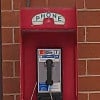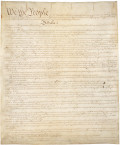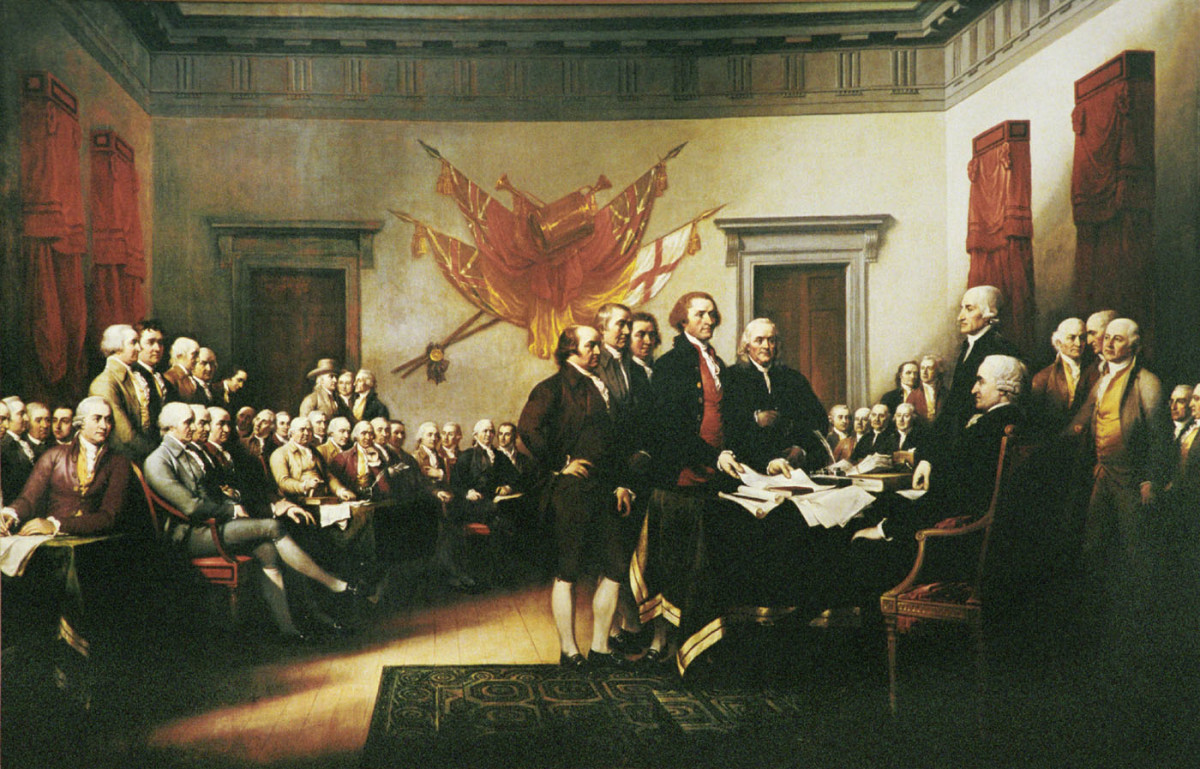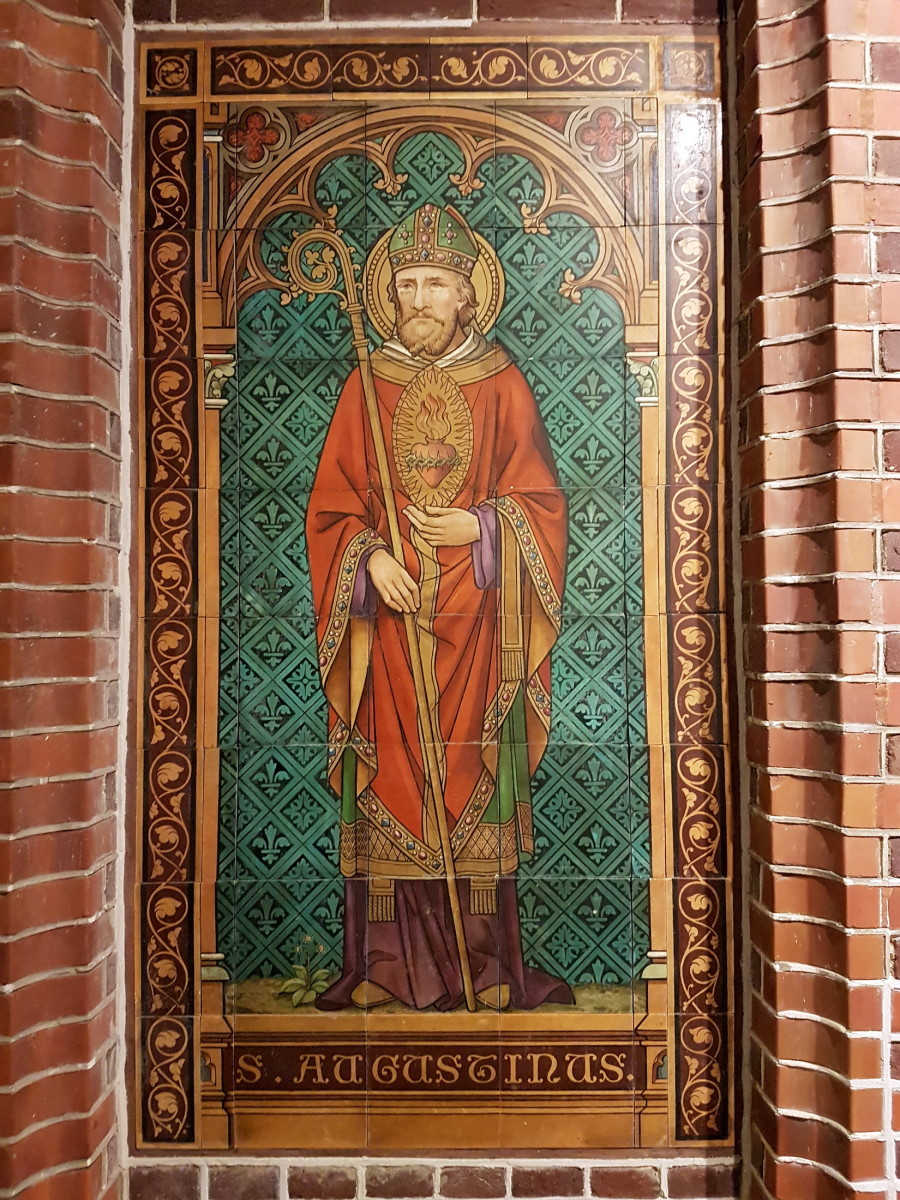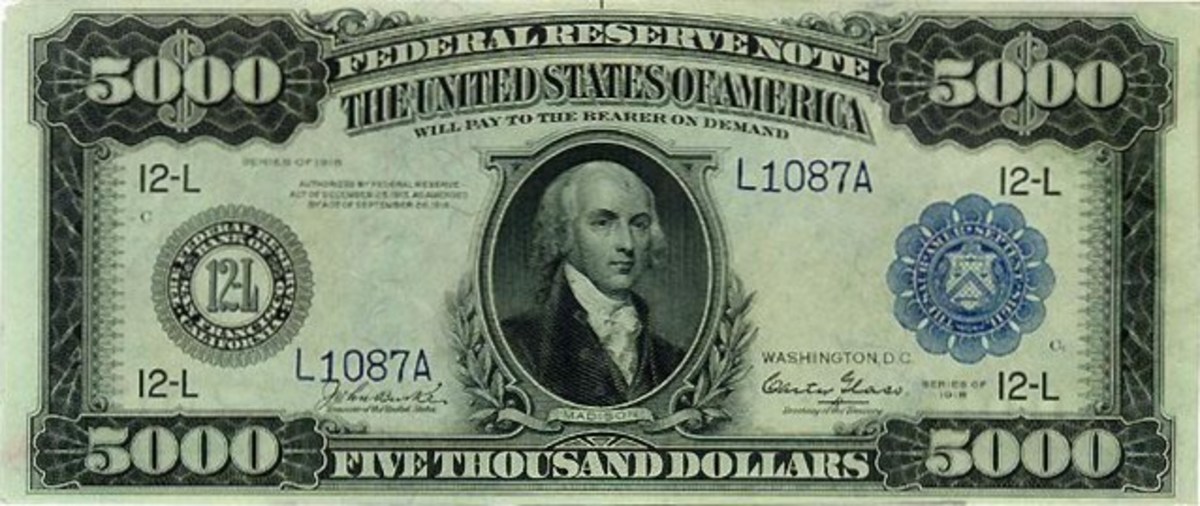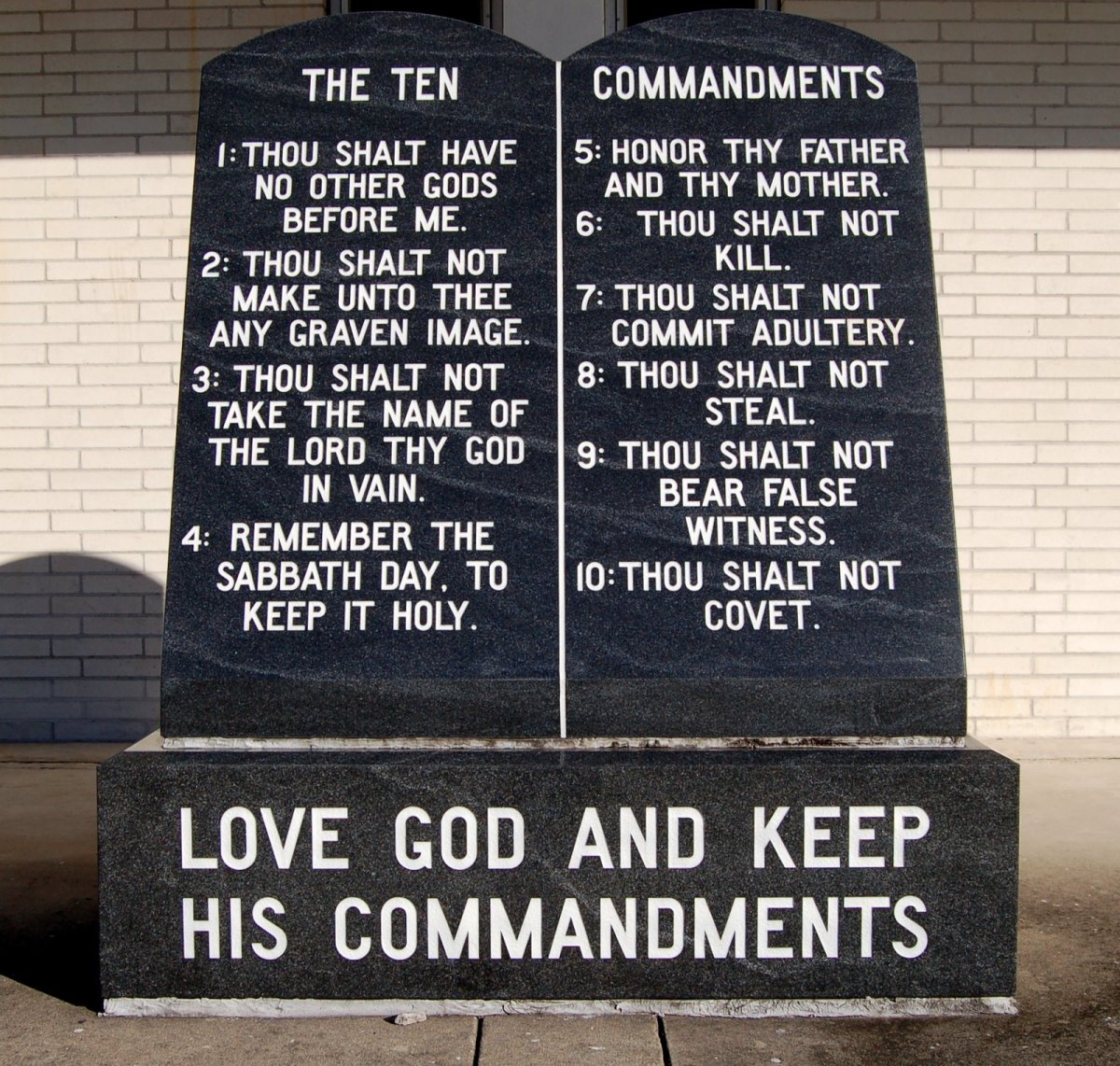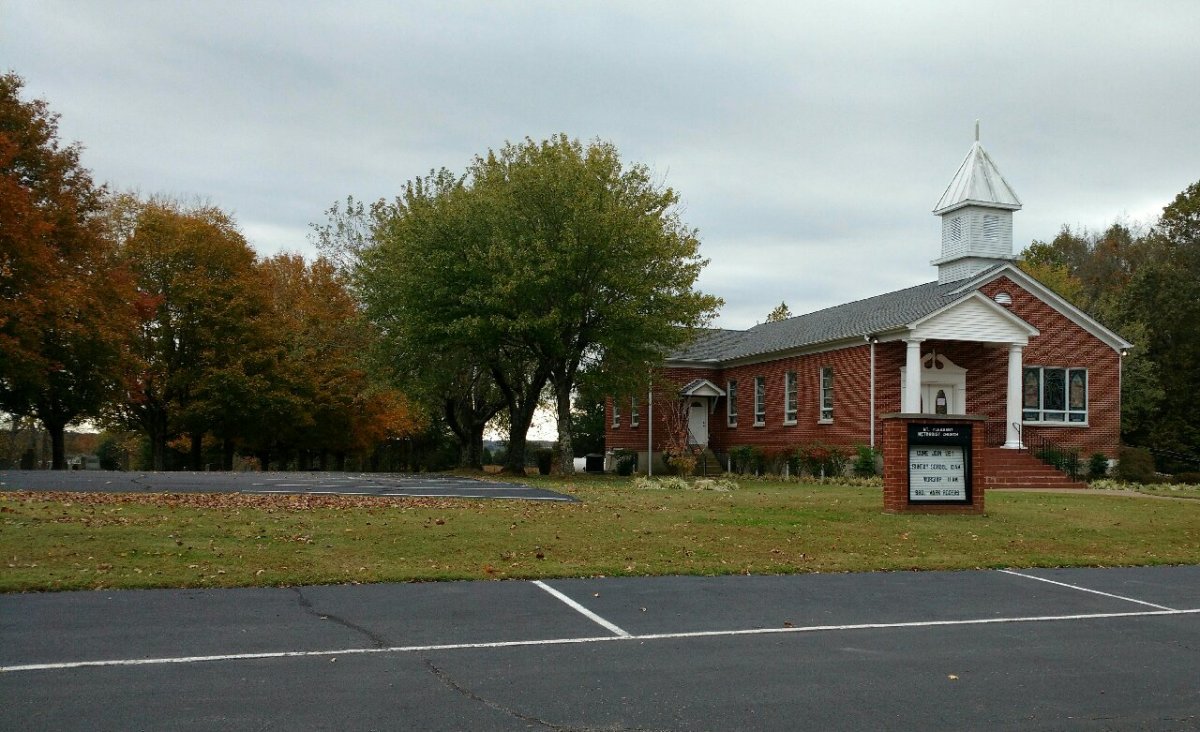Myths About Church and State
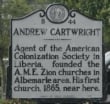
Separation or Cooperation
Myth number 1
Our founding fathers called for “separation between church and state.”
Truth: the constitution states: “Congress shall make no law respecting an establishment of religion, or prohibiting the free exercise thereof;”
What the founding fathers were concerned about was the possibility of an “official” state church, which had been the norm in the past. This was partially based, I think, on practical grounds that there could be no agreement on which religion to establish. It was a risky experiment at the time because it was commonly believed that a tight relationship between Church and State was necessary to hold society together. Probably a belief still held by Muslims. Many early settlers came here to practice their own religion that they, in turn, thought should be the “official” religion. Some of the states did have official religions and the bill of rights was not meant to interfere with them.
Many people now do not understand the concept of an official state religion and what it meant. In effect, the church was a branch of government in some countries. Although people were sometimes free to practice their own religion, usually the state supported and favored the official religion. All others had to be supported by their members who also paid taxes for the official church. I believe the official church had a lot of influence on government and government had a lot of influence on the church.
The constitution was not meant to stifle religion but to avoid imposing a particular religion. Although we had no official religion, Protestantism was for a long time assumed as our religion. There were some practices that I would take exception to. The government sent Protestant preachers to Indian tribes to convert them. I have no problem with missionaries preaching to Indians, but I do have a problem with the government doing it. Public schools, for all practical purposes acted as Protestant schools, which caused Catholics to start their own schools at their own expense.
A later court decision introduced the idea of a “wall between Church and State” which I think was a distortion of what Thomas Jefferson said in a letter.
Myth 2: The founding fathers were atheist or agnostics.
Fact: most of the founding fathers were, in fact, religious and called on the Deity often. Some like Jefferson were Deists which was a popular belief at the time. It was somewhat a result of the “age of enlightenment” where Science was assumed to explain everything. Deism covers a fairly large range of beliefs but can probably be best related to Unitarianism in our day.
Myth 3:Church and state are enemies of each other.
Truth: There was always cooperation between religion and government. For example: Benjamin Franklin and Bishop John Carroll went to Canada together to enlist the support of the Canadians in the fight for Independence. Prayers were said in Congress. A Chaplain Corps was created.
I always thought the story of the Catholic Church wanting to appoint a Bishop in America illustrates what it is really all about. When England ruled, The Church had to ask permission of the authorities in England in order to appoint a Bishop. After the American Revolution the Church contacted the Continental Congress and asked permission. Benjamin Franklin replied that it is not within the power of our government to appoint bishops; that is for the church to do itself.
Theologian John Courtney Murray, SJ (1904-19670) ADVOCATED RELIGIOUS FREEDOM as defined and protected by the First Amendment to the Constitution. He argued that the Anglo-American West had developed a fuller truth about human dignity: the responsibility of all citizens to assume moral control over their own religious beliefs, wresting control from paternalistic states. These attitudes led to Murray having disputes within the Catholic Church but his ideas were official recognized by incorporation into the papers of the Second Vatican Council in the 1960s.
I also believe that where church and state are joined in politics the function of religion gets distorted. I also believe that the founding fathers meant for COOPERATION between church and state but not interference.
Church and State
© 2009 Don A. Hoglund
